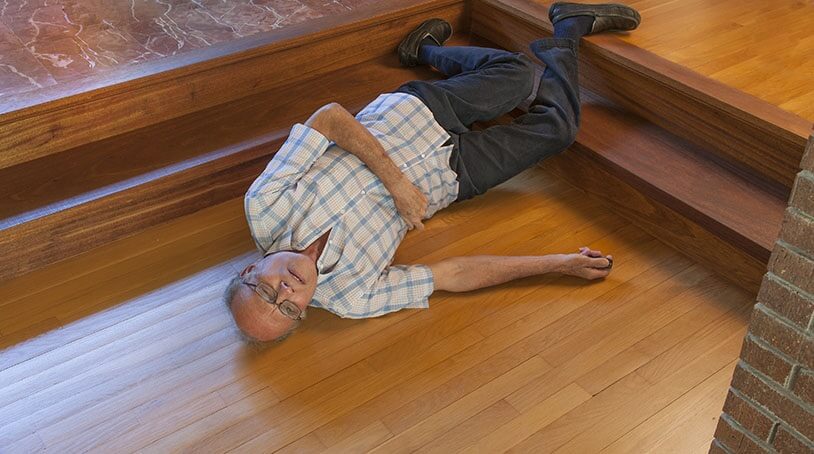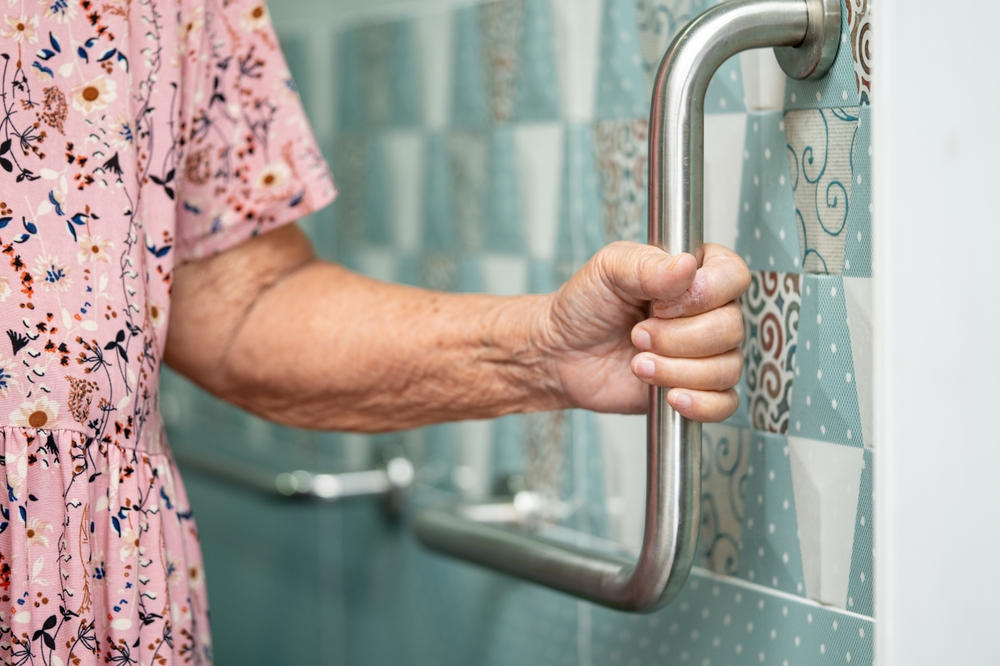Many families face the challenge of ensuring the safety of seniors who are adamant about maintaining their independence. Fall detection becomes a critical consideration, especially when seniors refuse assistance. The reluctance to accept help can stem from various reasons, including pride, fear of losing autonomy, or discomfort with unfamiliar technology. The key is understanding these concerns and finding solutions that respect their independence while ensuring safety.

Understanding the Reluctance of Seniors
It is crucial to first recognize why some seniors might refuse help. Many worry about their independence being compromised or being perceived as weak. Additionally, unfamiliarity with modern technology can be intimidating. It’s essential to approach these conversations with empathy and understanding.
Addressing Independence Concerns
For many seniors, maintaining independence is linked to their sense of identity. Therefore, it’s beneficial to frame fall detection devices as tools that enhance their ability to live independently rather than as a sign of frailty.
Technology Comfort Level
Today’s fall detection technology has evolved to be user-friendly. Introducing these devices with demonstrations can help alleviate fears. Highlighting features that operate automatically without requiring input can also be reassuring.
Exploring Available Fall Detection Solutions
There are various fall detection options available that cater to different preferences and needs. From wearable devices to in-home sensors, each has unique benefits.
Wearable Devices
Wearable devices are discreet and can be worn as pendants or watches. They often include features like emergency call buttons and GPS tracking, which can provide peace of mind to both the senior and their family.
In-Home Sensors
For those uncomfortable with wearing devices, in-home sensors offer an alternative. These sensors are strategically placed around the house to detect falls and alert caregivers without requiring the senior to wear anything.
Privacy-Friendly Solutions
Privacy-friendly solutions are increasingly popular. These options do not use cameras, ensuring the senior’s privacy while providing effective monitoring.
Engaging with Technology for Seniors
Engagement is crucial when introducing new technology. Here are strategies to help seniors embrace these solutions.
Personalized Training Sessions
Organize training sessions tailored to the senior’s pace. Encourage them to ask questions and express concerns. This approach helps build confidence and reduces apprehension.
Highlighting Success Stories
Sharing testimonials from other seniors who have successfully integrated fall detection systems into their lives can be motivating. It illustrates the positive impact these devices have on maintaining independence.
Integrating Fall Detection with Emergency Contacts
Integrating fall detection with emergency contacts ensures quick response in case of a fall. Emergency contact linkage allows alerts to be sent directly to family members or emergency services, minimizing response time.
The Role of Family and Caregivers
Family members and caregivers play a vital role in the successful adoption of fall detection systems. Their support and encouragement can make a significant difference.
Open Communication
Maintain open lines of communication. Encourage seniors to share their thoughts and concerns. This dialogue fosters trust and collaboration.
Involvement in Decision-Making
Involve seniors in selecting their fall detection system. Allowing them to be part of the decision-making process increases their commitment to using the technology.
Conclusion
Ensuring the safety of seniors who are resistant to help is a delicate balance. By understanding their concerns and offering fall detection solutions that prioritize independence and privacy, families can provide the necessary support without compromising dignity. The right technology can empower seniors to live safely and independently, offering peace of mind to all involved.

FAQ
How does fall detection work?
Fall detection systems use sensors to monitor movement and detect falls. They can send alerts to emergency contacts or services if a fall is detected.
Are fall detection devices expensive?
The cost of fall detection devices varies. There are affordable options, and some insurance plans may cover certain devices.
Do fall detection systems invade privacy?
Many modern fall detection systems are designed to protect privacy, using non-intrusive sensors instead of cameras. It’s essential to choose a system that addresses privacy concerns.
For further information on fall prevention, visit the CDC’s website.
This article contains affiliate links. We may earn a commission at no extra cost to you.






